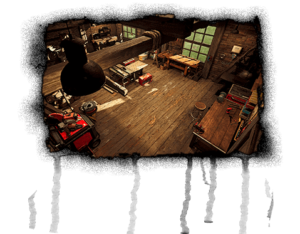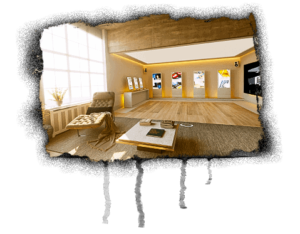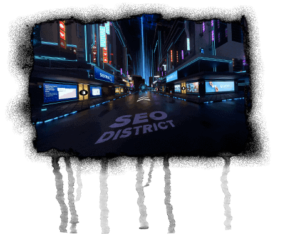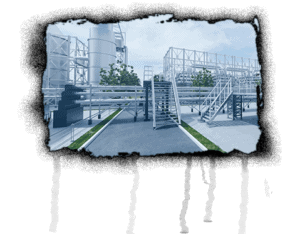slow motion
Slow motion, also known as slow motion (“slow movement”) or slomo, is a method of film technology or computer simulation. Motion sequences are shown slowed down. The principle goes back to a development by the physicist August Musger. The first slow-motion recordings were made in 1916 and presented to the public in Dresden.

Conditions for slow-motion recording
With the appropriate settings, more frames per second are recorded during a recording than are subsequently played back when the film is played back. This is done with cameras that transport film strips at a higher speed. Likewise, content can be produced in slow motion with a video camera. Depending on the frame rate of a video camera, moving images can be recorded at higher speeds and then played back at a lower frame rate.
Slow playback
The basic principle of slow-motion recording is based on the slowed down playback of existing images that are shown one after the other. There is therefore no resolution into several individual images. Instead, the existing images are displayed multiple times using a time lapse. The human eye sees around 25 frames per second and perceives them as flowing movement. In a slow-motion movie, more frames are captured every second and then played back at 25 frames per second (fps).
The larger the time extension should be when displaying the film, the clearer the disadvantages of slow playback become. If the same picture is shown repeatedly, a jerky sequence of movements is created. To counteract this, further intermediate stages can be installed. Additional recordings are created based on the content before and after and make the movement sequences appear smoother again.
Functions of slow motion recording
A particularly intensive observation of an event is made accessible through slow motion. The depiction of rapid natural phenomena or the staging of stunts or explosions in feature films is made possible. A real event is thus transfigured. Recordings from the history of bygone years are re-presented as slow-motion recordings. Slow motion also has the function of effectively depicting violence in films. Use of violence is separated from the context and presented as a special experience. When showing sports events, the movements of the athletes are reproduced.
The opposite of slow motion is a time lapse in which extremely slow events such as the unfolding of a flower are processed in a way that is perceptible to humans.
Digital high-speed cameras sometimes use lasers for exposure and enable up to 25 million frames per second (fps). These can even be recorded at intervals of 50 picoseconds, i.e. billionths of a second. However, such a camera, which depicts processes in milliseconds or microseconds, requires a lot of light.





